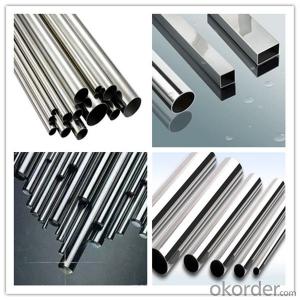SS 201 Stainless Steel Pipe Price Per Kg
- Loading Port:
- Shanghai
- Payment Terms:
- TT OR LC
- Min Order Qty:
- 4 m.t.
- Supply Capability:
- 25000 m.t./month
OKorder Service Pledge
OKorder Financial Service
You Might Also Like
Item specifice
ss 201 stainless steel pipes price per kg
Material | 304:0cr18ni9, 0cr17ni8 201:1cr17mn6ni5n,1cr13mn9ni1n 316:0cr17ni12 or as customer’s request |
Size(round pipe) | 9.5, 12.7, 15.9, 17, 18, 19.1, 20, 21, 22.2, 23, 25.4, 28, 318, 35, 60, 63.5, 73, 76.2, 88.9, 101.6, 114.3, 127, 133, 59, 168, 219 mm or customized |
Size (square pipe) | 10×10,12×12,18×18,23×23,38×38,50×50,70×70,100×100,20×10,23×10,24×12,25×13,36×23, 40×20,50×20,60×15,75×45,80×60,95×45,100×60,150×100 mm or customized |
Size (oval pipe) | 30×15,80×40 mm os customized |
Thickness | 0.24-3 mm |
Length | 6m or according to customer’s request |
Outer diameter | 6.35-219mm |
Tolerance | Outer diameter :±0.2mm |
Thickness :±0.02mm | |
Length :±0.5mm | |
Process method | Code drawn, annealed with nitrogen protection, ultrasonic,automatic shape, polished |
Finishing | A: sanded B: 400#-600# mirror C: hairline brushed D: TIN titanlum E : HL brushed & mirror (two kinds of finishing for one pipe) |
Chemical Composition | |||||||
Material | C | Si | Mn | P | S | Cr | Ni |
201 | ≤0.12 | ≤0.75 | 9.5-12.5 | ≤0.045 | ≤0.03 | 13-16 | 0.8-1.5 |
304 | ≤0.08 | ≤0.75 | ≤2.0 | ≤0.045 | ≤0.03 | 18-19 | 8-10 |
316 | ≤0.08 | ≤1.00 | ≤2.0 | ≤0.035 | ≤0.03 | 10-14 | 16.0-18.5 |
430 | ≤0.12 | ≤0.75 | ≤2.0 | ≤0.04 | ≤0.03 | 16-18 | ≤0.6 |
Square pipe and rectangle pipe

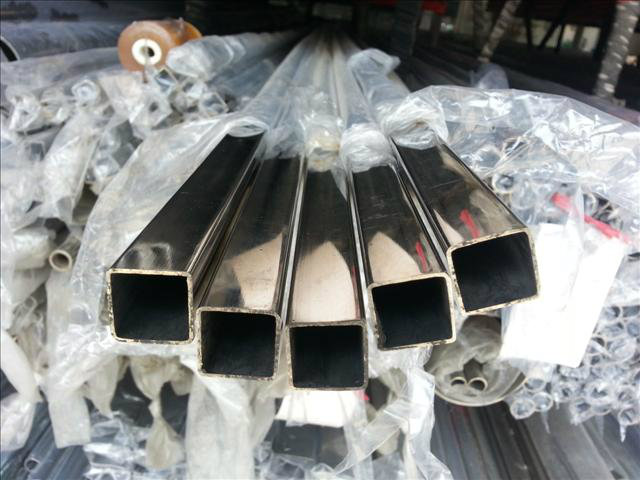
round pipe

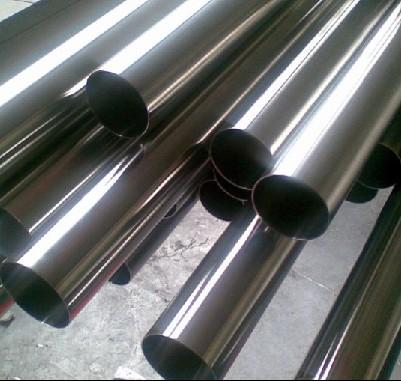
PACK & DELIVERY
Packaging & Delivery of ss201stainless steel tubes price per kg
1, Packaging: seaworthy package or as required
2, Delivery: 35-45 days or based on quantity
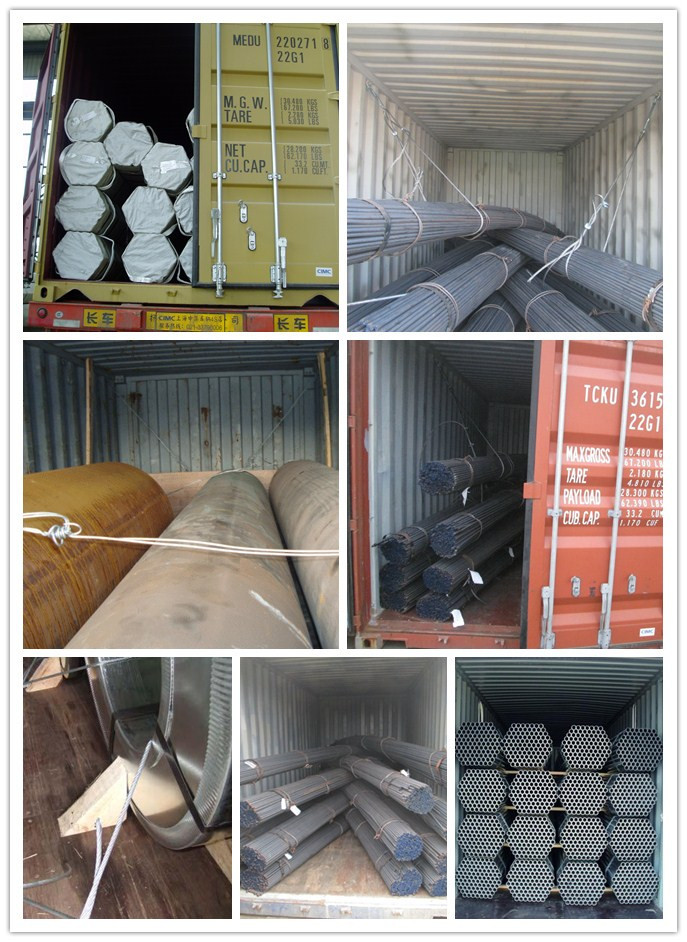
COMPANY INFORMATION
Company Information
CNBM International Corporation is the most important trading platform of CNBM group.
Whith its advantages, CNBM International are mainly concentrate on Cement, Glass, Iron and Steel, Ceramics industries and devotes herself for supplying high qulity series of refractories as well as technical consultancies and logistics solutions.

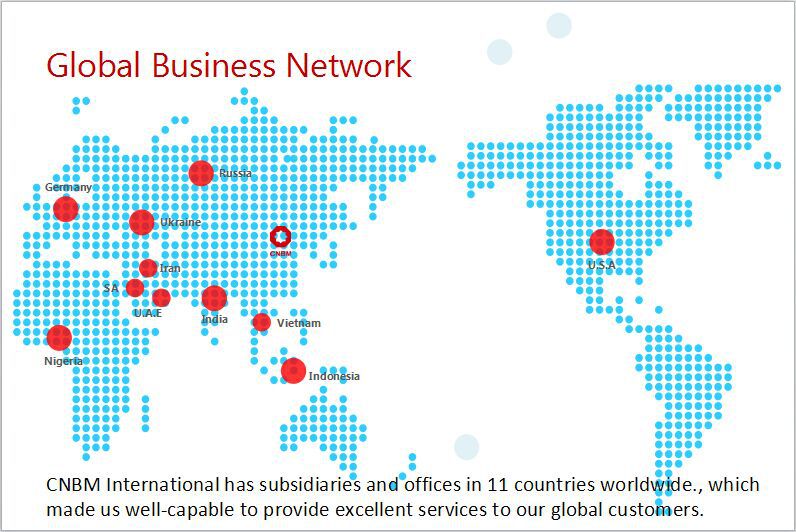
Client
Export Markets Our target market is the international market. Every year we export most of products to countries like India, Pakistan, South Korea, Brazil, Australia, South Africa, Spain, Sri Lanka, Taiwan, Hong Kong, etc.
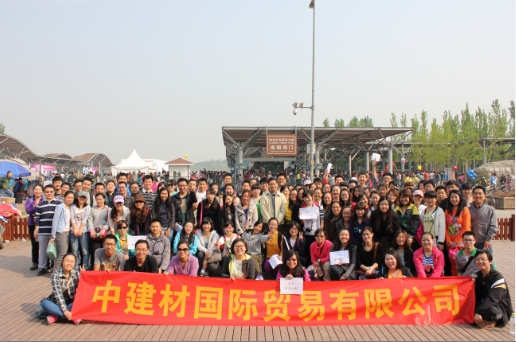

F A Q
FAQ
1, Your advantages?
professional products inquiry, products knowledge train (for agents), smooth goods delivery, excellent customer solution proposale
2, Test & Certificate?
SGS test is available, customer inspection before shipping is welcome, third party inspection is no problem
3, Factory or Trading Company?
CNBM is a trading company but we have so many protocol factories and CNBM works as a trading department of these factories. Also CNBM is the holding company of many factories.
4, Payment Terms?
30% TT as deposit and 70% before delivery.
Irrevocable L/C at sight.
5, Trading Terms?
EXW, FOB, CIF, FFR, CNF
6, After-sale Service?
CNBM provides the services and support you need for every step of our cooperation. We're the business partner you can trust.
For any problem, please kindly contact us at any your convenient time.
We'll reply you in our first priority within 24 hours.
- Q:Can stainless steel pipes be wrapped with fiberglass insulation?
- Indeed, fiberglass insulation can be applied to stainless steel pipes. It is a frequently employed method for insulating diverse pipe varieties, including stainless steel ones. By doing so, it aids in diminishing heat loss and preserving the pipe's temperature, hence enhancing its energy efficiency. Moreover, fiberglass insulation also offers advantages such as soundproofing and condensation management. To attain optimal insulation performance and achieve utmost energy conservation, it is imperative to correctly install and seal the fiberglass insulation around the stainless steel pipes, thus eliminating any gaps or air leakage.
- Q:What is the yield strength of stainless steel pipes?
- The yield strength of stainless steel pipes can vary depending on the specific grade of stainless steel used. However, most commonly used grades of stainless steel pipes have a yield strength ranging between 25,000 to 100,000 pounds per square inch (psi).
- Q:What are the different grades of stainless steel used in pipes?
- There are several different grades of stainless steel that are commonly used in pipes, each with its own unique properties and characteristics. The most commonly used grades include: 1. Stainless Steel Grade 304: This is one of the most versatile and widely used grades of stainless steel. It is non-magnetic, has excellent corrosion resistance, and is easily weldable. Grade 304 is commonly used in applications where hygiene and cleanliness are important, such as in food processing plants, hospitals, and pharmaceutical industries. 2. Stainless Steel Grade 316: This grade is known for its superior corrosion resistance, especially in environments with high chloride content or exposure to saltwater. Grade 316 is often used in marine applications, chemical processing plants, and coastal areas where corrosion resistance is crucial. 3. Stainless Steel Grade 321: Grade 321 is stabilized with titanium, making it more resistant to sensitization and intergranular corrosion at elevated temperatures. It is commonly used in high-temperature applications, such as exhaust systems, furnaces, and heat exchangers. 4. Stainless Steel Grade 409: This grade is specifically designed for high-temperature applications, such as automotive exhaust systems. It has excellent heat resistance and low thermal expansion properties, making it ideal for withstanding extreme temperatures. 5. Stainless Steel Grade 904L: Grade 904L has high corrosion resistance and is particularly resistant to pitting and crevice corrosion. It is commonly used in aggressive environments, such as chemical processing plants, offshore oil and gas platforms, and pulp and paper industries. These are just a few examples of the different grades of stainless steel used in pipes. The choice of grade depends on the specific application and the desired properties, such as corrosion resistance, temperature resistance, and mechanical strength.
- Q:How do you calculate the heat transfer coefficient of stainless steel pipes?
- The heat transfer coefficient of stainless steel pipes can be calculated using various methods, including empirical correlations and theoretical calculations. One commonly used empirical correlation is the Dittus-Boelter equation, which relates the heat transfer coefficient to the Reynolds number and Prandtl number. The Dittus-Boelter equation is given by: Nu = 0.023 * Re^0.8 * Pr^0.4 Where Nu is the Nusselt number, Re is the Reynolds number, and Pr is the Prandtl number. The Nusselt number represents the ratio of convective to conductive heat transfer and is dimensionless. To calculate the Reynolds number, use the following formula: Re = (ρ * v * D) / μ Where ρ is the density of the fluid, v is the velocity of the fluid, D is the hydraulic diameter of the pipe, and μ is the dynamic viscosity of the fluid. The Prandtl number can be determined using the following equation: Pr = μ * Cp / k Where Cp is the specific heat capacity of the fluid and k is the thermal conductivity of the fluid. Once the Reynolds and Prandtl numbers are determined, substitute them into the Dittus-Boelter equation to calculate the Nusselt number. Finally, the heat transfer coefficient can be obtained by multiplying the Nusselt number with the thermal conductivity of the fluid and dividing it by the hydraulic diameter of the pipe: h = (Nu * k) / D Where h is the heat transfer coefficient. It is important to note that these calculations are based on assumptions and empirical correlations, and actual heat transfer coefficients may vary depending on various factors such as pipe roughness, fluid properties, and flow conditions. Therefore, it is recommended to consult relevant heat transfer literature or conduct experimental studies for more accurate results.
- Q:How do you calculate the expansion of stainless steel pipes?
- To calculate the expansion of stainless steel pipes, you need to consider the coefficient of thermal expansion of the material. This coefficient represents the change in length per unit length for every degree Celsius of temperature change. By multiplying the coefficient by the initial length of the pipe and the temperature difference, you can determine the expansion of the stainless steel pipe.
- Q:Are stainless steel pipes suitable for food processing plants?
- Yes, stainless steel pipes are highly suitable for food processing plants. Stainless steel is a corrosion-resistant material that does not react with food or beverages, ensuring that there is no contamination. It is also easy to clean and maintain, making it ideal for maintaining strict hygiene standards in food processing facilities. Additionally, stainless steel pipes can withstand high temperatures and pressures, making them durable and long-lasting in food processing plant environments.
- Q:What are the categories of stainless steel pipes with acid and alkali resistance?
- Stainless steel is usually classified according to the organization of the matrix, as follows:The ferritic stainless steel (200 and 400) the chromium content in 15%~30%, with a body centered cubic crystal structure. This kind of steel does not contain nickel, sometimes also contain a small amount of Mo, Ti, Nb and other elements, this kind of steel has high heat conductivity, low expansion coefficient, good oxidation resistance and anti stress excellent characteristics of stress corrosion, used formanufacturingthecorrosionresistanceofthe atmosphere, water vapor, waterandoxidizing parts. Ferritic stainless steel prices are relatively low and stable, and has many unique characteristics and advantages, it has been proved that in many of the original that can only use austenitic stainless steel (300) application of ferritic stainless steel is a very excellent substitute materials, ferritic stainless steel containing nickel, the main elements of Cr (>10%) and iron, chromium stainless steel special corrosion resistant elements, its price is relatively stable.. Chromium 12% ~ 30%. Its corrosion resistance and toughness increase with the increase of chromium content, and the weldability is excellent.
- Q:What is the difference between 347 and 347H stainless steel pipes?
- The main difference between 347 and 347H stainless steel pipes lies in their carbon content. 347H has a higher carbon content which provides it with enhanced high-temperature strength and improved resistance to sensitization during welding.
- Q:What is the difference between 904L and 316L stainless steel pipes?
- The main difference between 904L and 316L stainless steel pipes lies in their composition and properties. 904L stainless steel is a high alloy austenitic stainless steel with higher levels of chromium, nickel, and molybdenum, making it highly resistant to corrosion in various environments, including harsh industrial and marine conditions. On the other hand, 316L stainless steel is a lower alloy austenitic stainless steel that contains less chromium, nickel, and molybdenum, making it less resistant to corrosion compared to 904L. Therefore, 904L stainless steel pipes are typically preferred in applications that require exceptional corrosion resistance, while 316L stainless steel pipes are suitable for general-purpose applications.
- Q:What is the difference between seamless and EFW stainless steel pipes?
- Seamless stainless steel pipes are manufactured through a process where a solid billet is heated and pierced to form a hollow tube without any seams or joints. On the other hand, EFW (Electric Fusion Welded) stainless steel pipes are made by welding the edges of a stainless steel plate or strip to form a tubular shape. The main difference lies in the manufacturing process, with seamless pipes having a higher strength and more uniform structure compared to EFW pipes. Seamless pipes are commonly used in industries requiring high pressure and temperature applications, while EFW pipes are suitable for general-purpose applications.
1. Manufacturer Overview |
|
|---|---|
| Location | |
| Year Established | |
| Annual Output Value | |
| Main Markets | |
| Company Certifications | |
2. Manufacturer Certificates |
|
|---|---|
| a) Certification Name | |
| Range | |
| Reference | |
| Validity Period | |
3. Manufacturer Capability |
|
|---|---|
| a)Trade Capacity | |
| Nearest Port | |
| Export Percentage | |
| No.of Employees in Trade Department | |
| Language Spoken: | |
| b)Factory Information | |
| Factory Size: | |
| No. of Production Lines | |
| Contract Manufacturing | |
| Product Price Range | |
Send your message to us
SS 201 Stainless Steel Pipe Price Per Kg
- Loading Port:
- Shanghai
- Payment Terms:
- TT OR LC
- Min Order Qty:
- 4 m.t.
- Supply Capability:
- 25000 m.t./month
OKorder Service Pledge
OKorder Financial Service
Similar products
New products
Hot products
Hot Searches
Related keywords
